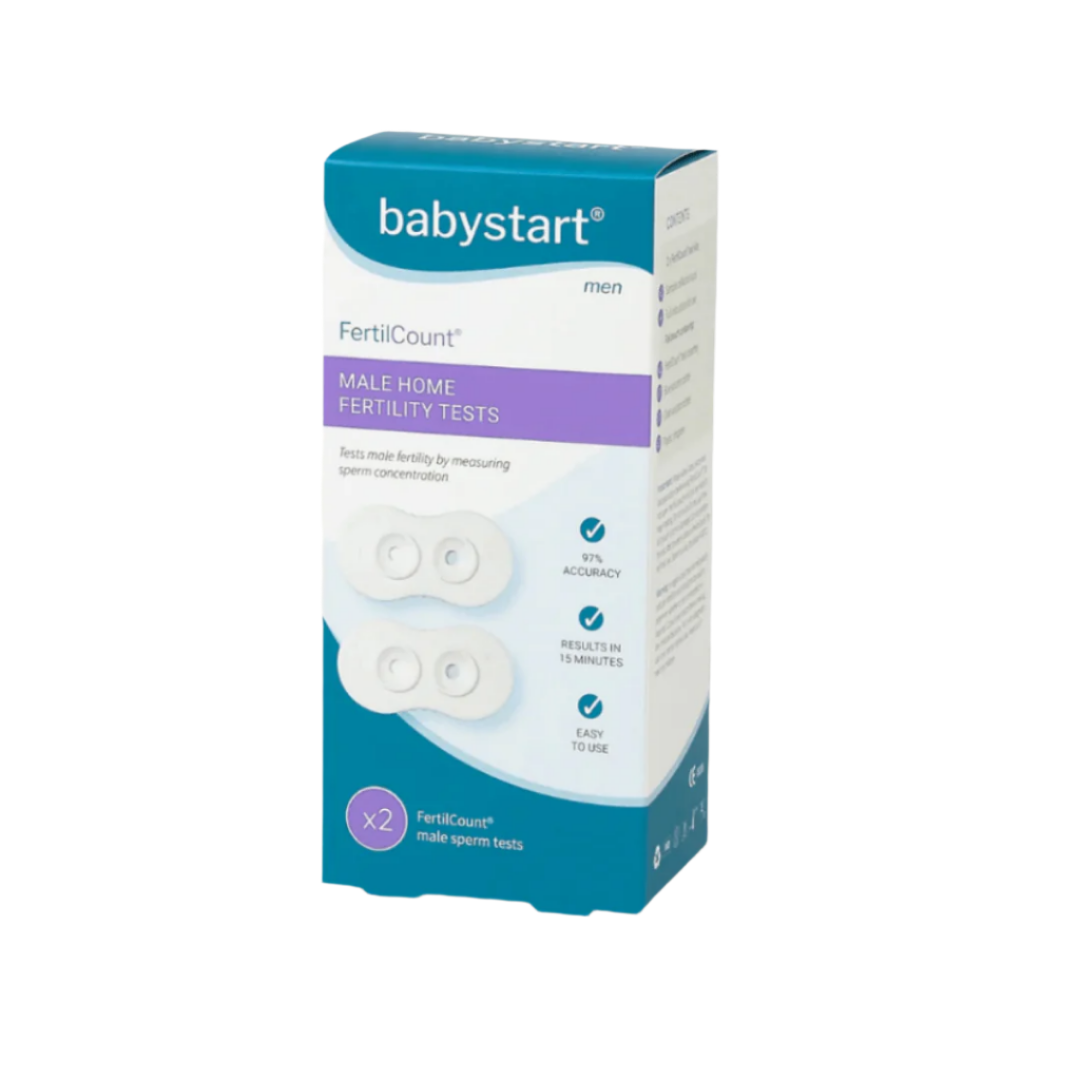Perimenopause is often described as the “in-between” stage: not quite menopause, but not your usual monthly rhythm either. Hormones fluctuate, cycles become less predictable, and symptoms can feel confusing. For many women, this stage starts in their 40s, but it can arrive earlier. The challenge is that while your body is changing, it’s not always easy to make sense of what’s happening.
This is where tracking your cycle during perimenopause becomes incredibly useful. Instead of relying on guesswork, you can gather real insights into how your body is shifting. And with the help of Tempdrop, you can make sense of irregular cycles, spot ovulation when it still happens, and feel more in control of this life transition.
Why Tracking your Cycle During Perimenopause Matters
Perimenopause isn’t a straight line. One month you might ovulate as usual, and the next your period may be late, early, or missing altogether. For some, hot flushes, mood changes, and sleep problems appear long before cycles stop completely.
By tracking your cycle during perimenopause , you get answers to important questions like:
Am I still ovulating?
How long are my cycles now?
Are my symptoms connected to hormone changes?
Is there a pattern to the unpredictability?
This isn’t just about fertility—it’s about knowledge. The better you understand your changing cycle, the easier it is to make informed choices about your health, wellbeing, and daily life.
How Tempdrop Supports Tracking your Cycle During Perimenopause
Traditional basal body temperature (BBT) tracking can be difficult at this stage of life. Waking up at the same time every day to take your temperature is tough enough without night sweats, disturbed sleep, or busy mornings.
Tempdrop offers a more practical solution. You wear it on your arm overnight, and it automatically records your temperature while you sleep. The app smooths out any irregularities caused by restlessness or inconsistent sleep schedules, giving you reliable data without extra effort.
For women who are tracking your cycle during perimenopause , Tempdrop can highlight:
Whether ovulation is still occurring in some cycles
How long the luteal phase lasts
Shifts in cycle length over time
Connections between symptoms and hormonal changes
Spotting Ovulation When Cycles are Irregular
One of the most confusing parts of perimenopause is not knowing if or when ovulation is happening. Some cycles are anovulatory (meaning no egg is released), while others are normal.
By tracking your cycle during perimenopause with Tempdrop, you can see the subtle rise in temperature that signals ovulation. This gives you clarity—whether you’re curious about fertility, wondering if contraception is still necessary, or just wanting to understand what your hormones are doing.
Even when ovulation becomes less frequent, knowing when it does occur helps you make sense of your symptoms and plan around your cycle more effectively.

Connecting Symptoms to Hormone Changes
Many perimenopausal symptoms—such as mood swings, anxiety, hot flushes, or fatigue—are linked to fluctuating hormones. But when those symptoms appear randomly, it can feel unsettling.
By tracking your cycle during perimenopause , you can start to connect the dots. Maybe night sweats are worse in the luteal phase, or mood changes peak just before your period. Tempdrop provides objective data, so you’re not left wondering whether these experiences are random or hormone-driven.
This knowledge can also be incredibly helpful if you decide to speak with a healthcare professional. Bringing cycle data and symptom patterns to an appointment makes it easier to have a productive conversation about treatment options, whether that’s HRT, lifestyle changes, or other support.
Emotional Reassurance in a Time of Change
Perimenopause can feel like losing control over your own body. Cycles that were once predictable may now come with uncertainty, and the physical changes can affect confidence and self-esteem.
Tracking your cycle during perimenopause doesn’t fix everything, but it can help you feel grounded. Instead of being blindsided by irregular periods or unpredictable moods, you’ll have a clearer sense of what’s happening and why.
For many women, that reassurance is powerful. It shifts the perspective from “my body is failing me” to “my body is changing, and I understand how.”
Practical Tips for Tracking your Cycle During Perimenopause
If you’re ready to start tracking your cycle during perimenopause with Tempdrop, here are a few simple tips:
Be consistent – Wear your Tempdrop nightly for the most accurate picture.
Log symptoms – Use the notes feature to connect temperature data with real-life experiences like sleep changes or mood shifts.
Combine signs – Cervical mucus and cycle length still matter, even in perimenopause. Together with Tempdrop, they give a fuller picture.
Be patient – Patterns may take time to emerge, especially if cycles are irregular.
Share your data – If you talk to your GP or a menopause specialist, Tempdrop charts can make the conversation easier.
The Bigger Picture
While fertility may no longer be your focus, tracking your cycle during perimenopause is still an empowering practice. It helps you recognise the changes your body is going through, anticipate symptoms, and approach this transition with knowledge rather than uncertainty.
Tempdrop makes this process simple, even when sleep and schedules aren’t. It’s less about perfect data and more about giving yourself insight, compassion, and confidence during a stage of life that can otherwise feel overwhelming.
The Bottom Line
Perimenopause is unpredictable, but it doesn’t have to leave you in the dark. By tracking your cycle during perimenopause with Tempdrop, you can understand what’s happening in your body, connect symptoms to hormonal shifts, and navigate this stage with more clarity.
This isn’t about controlling perimenopause—it’s about making peace with it. And having tools that support you, rather than add stress, can make all the difference.










